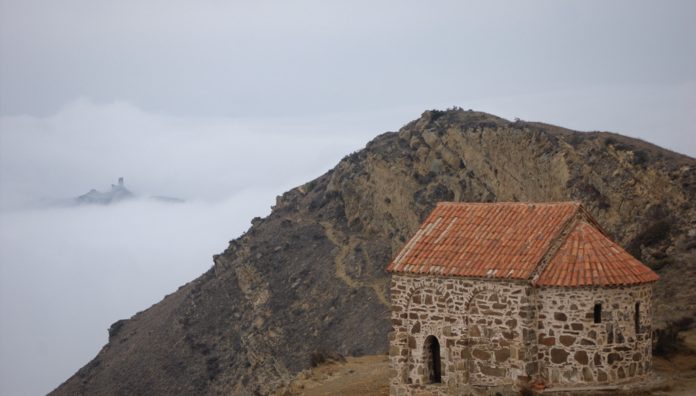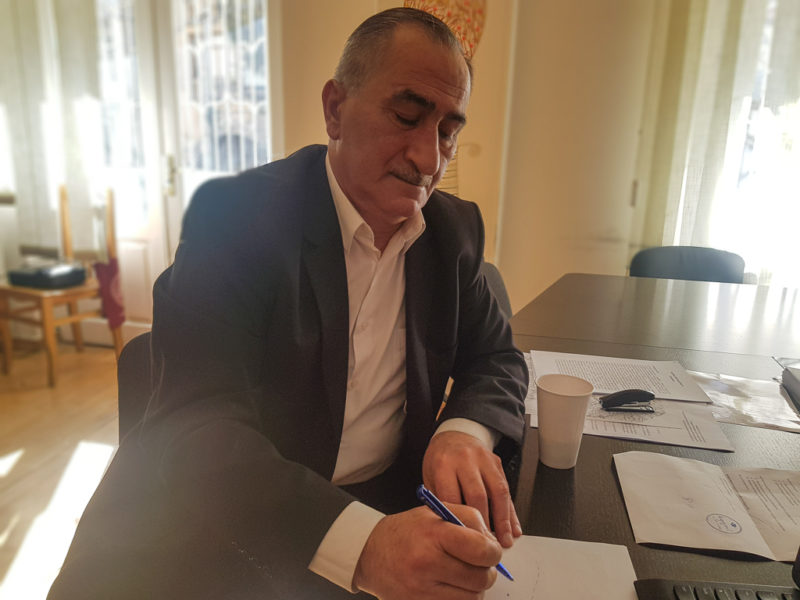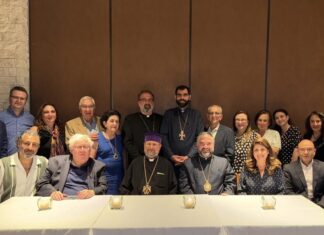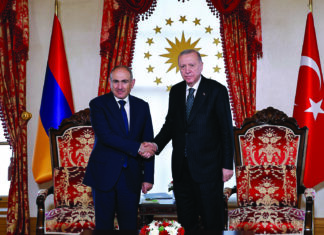By Giorgi Lomsadze
TBLISI (Eurasia.net) – Iveri Melashvili never expected to be famous. Nearing retirement after a modest government career in cartography, the 62-year-old’s name has suddenly made national headlines and led TV broadcasts – vilified as a traitor or honored as a political martyr.
He stands accused of literally selling out his homeland, 14 square kilometers of it. In the authorities’ telling, he deliberately gave bad cartographic advice to the government that all but resulted in the handover of a little bit of the country’s territory to Azerbaijan. They have charged him with treason.
“This is like a bad dream,” Melashvili told Eurasianet while sitting at his desk, maps strewn in front of him. “Everything is so absurd and terrible that I don’t even know where to start.”
“They spread all sort of ugly lies about me and my family,” Melashvili said. The online abuse occasionally spills over into real-life insults; a stranger recently accosted him while he was shopping.After spending four months in jail with another cartographer colleague, Natalia Ilychova, Melashvili was released on bail on January 28. The verdict in the case is still pending but he remains the subject of a fierce public-shaming campaign by the ruling Georgian Dream party, affiliated media outlets, and an army of online bots and trolls.
At issue is a rocky sliver of land along the border between Georgia and Azerbaijan. In the Soviet era, the border between the two republics was repeatedly, and imprecisely, redrawn, leaving the two countries with only a vague international border when they gained independence in 1991. Even after three decades of negotiations, about 35 percent of the border remains undelineated. The most sensitive section lies next to the medieval monasteries of Davit Gareja.









